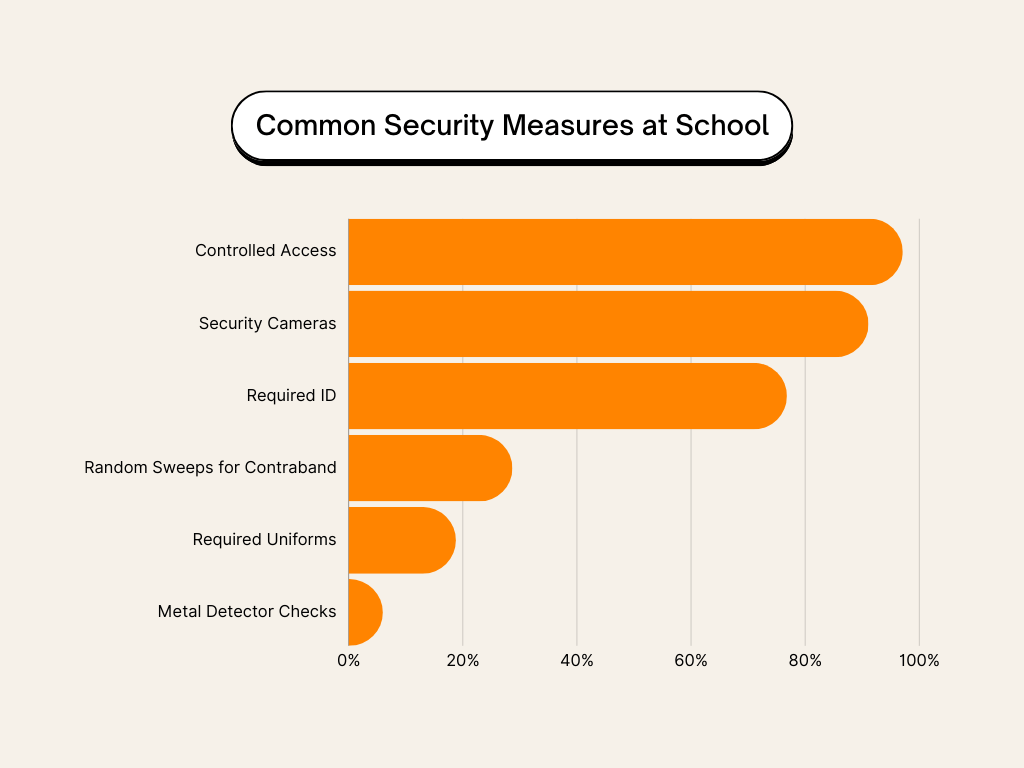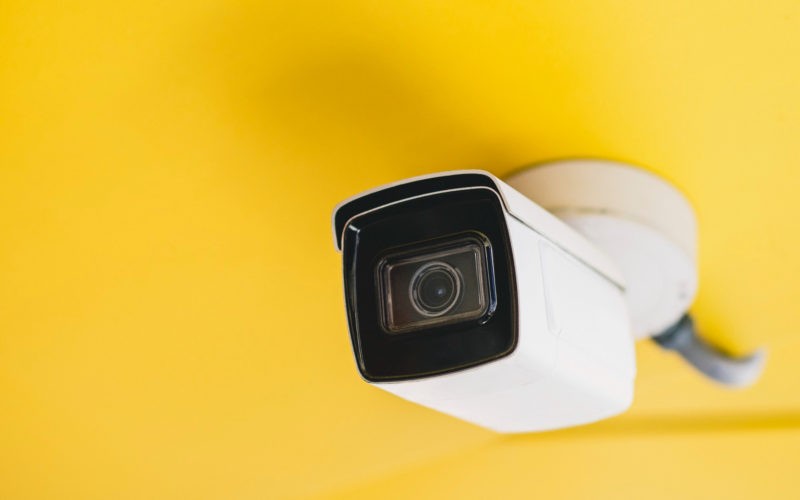School safety has become a top priority for administrators, teachers, parents, and students. With concerns over school violence, bullying, trespassing, and theft, many schools are turning to surveillance cameras as part of their safety plans. But how can surveillance cameras precisely enhance safety in schools? In this article, we will delve into the role of school surveillance, its benefits, challenges, real-world case studies, frequently asked questions, and more.
The Role of Surveillance Cameras in School Safety
Surveillance cameras have become widespread in schools throughout the United States. Over 80% of public schools now use some form of video surveillance system on school grounds. This widespread adoption shows that cameras play an integral role in modern school safety plans.
School administrators choose to install security cameras for several key reasons, including:
- Deter Crime: The visible presence of cameras acts as a powerful deterrent, making criminals less likely to attempt illegal or harmful actions on school property out of fear of being recorded and identified. Studies show schools with cameras see dramatic declines in crime rates.
- Provide Evidence: If an incident does occur, the footage captured by cameras provides invaluable evidence to school leadership and law enforcement to aid in investigations. High-quality footage makes it possible to identify and prosecute perpetrators.
- Monitor Student Behavior: School cameras allow staff to remotely monitor student behaviors and interactions. This helps identify concerns like bullying, fights, vandalism, trespassing, and drug use so they can be addressed in a timely manner.
- Limit Access: Surveillance of entry points helps school staff control and restrict access to buildings by unauthorized individuals for improved safety.
- Remote Monitoring: Modern camera systems allow school leadership and law enforcement to monitor live footage remotely via computers and smartphones for rapid response to emergencies.
- Simplify Investigations: Security camera networks generate permanent records of footage that can be easily accessed during investigations rather than relying on witness testimony.
- Early Intervention: Identifying threats early is essential. Surveillance footage gives officials warning signs they can act on instead of waiting for issues to escalate.
- Accountability: Students and staff behave better when they know violations of school rules and policies are being recorded. This improves discipline and order.
With the continuous advancement of technology, the use of security cameras remains a critical component in creating safer and more secure learning environments for both students and staff.
Benefits of Surveillance Cameras in Schools
Research has shown that the benefits of school surveillance cameras often outweigh concerns when implemented responsibly. Some of the top benefits include:
- Reduced Bullying: Schools equipped with cameras have witnessed significant reductions in bullying incidents. Students avoid harming others when they know they are being watched.
- Fewer Violent Acts: Cameras act as a deterrent and reduce violent behaviors like fights, weapons use, and assaults.
- Less Vandalism: Surveillance makes students think twice before damaging school property or stealing.
- Faster Incident Response: Live monitoring and evidence allows for rapid response to issues and timely investigation.
- Enhanced Student Safety: Comprehensive monitoring improves overall student safety and reduces opportunities for harm.
- Better Student Behavior: Many schools see improved behavior and reductions in problematic conduct with cameras present.
Case Studies of Surveillance Cameras in Schools

To better understand the impact of school surveillance, let’s look at some real-world examples:
- Doonside Technology High School in Australia reported a 70% drop in bullying incidents after installing surveillance cameras in 2004.
- After a series of thefts, Edmond Santa Fe High School in Oklahoma installed cameras and saw a 95% reduction in criminal reports on school grounds.
- Parkrose High School in Oregon used surveillance footage to help identify and stop an armed student before he could harm others4.
These examples illustrate how surveillance cameras can effectively enhance safety when used responsibly. The dramatic reductions in crime and bullying showcase the positive impact cameras can have.
Challenges and Controversies of Surveillance Cameras in Schools
Nevertheless, the use of school surveillance cameras also presents significant challenges and controversies. Concerns typically center around student privacy and potential misuse of cameras:
- Privacy Concerns: Students and parents may object to constant monitoring, especially in sensitive areas like bathrooms or locker rooms. Strict policies must be in place to protect privacy.
- Over-Monitoring: Extensive surveillance of benign behaviors may create an overly restrictive environment. Cameras should focus on safety, not minor infractions.
- Misuse of Footage: School staff could share or leak sensitive footage if not properly trained on policies. Secure storage and limited access are essential.
- Costs: Purchase, installation, storage and monitoring of footage can get expensive, especially for large school districts. Regular maintenance is also required.
Frequently Asked Questions (FAQs)
School surveillance often leads to many questions from parents, staff, and community members. Some of the most common FAQs include:
Are surveillance cameras in schools an invasion of privacy?
This is a complicated issue, and opinions differ greatly. Some view constant monitoring as an unacceptable invasion of privacy that could damage trust between students and staff. Others argue that in public school settings with safety concerns, the benefits to student welfare outweigh the privacy risks when cameras are managed responsibly. Strict policies, limited monitoring, and parent/student input help find an appropriate balance.
Do surveillance cameras in schools prevent crime?
Cameras do not prevent all crime or eliminate risks entirely. However, studies show they provide a powerful deterrent effect and reduce the rates of violence, bullying, theft, trespassing, and vandalism dramatically when implemented as part of a comprehensive safety plan. Cameras make it far more likely for crimes to be interrupted or for the perpetrators to be identified and caught.
What are the costs of school surveillance camera systems?
Costs vary widely based on the size of the school, the number of cameras, and features such as remote access and data storage capabilities. A small school may be able to install a basic system for a few thousand dollars, while a large district could spend over $100,000 for a sophisticated setup and require ongoing costs for maintenance and data management. Grant funding is available in some cases to offset these costs.
Final Takeaway
Surveillance cameras have become a contentious yet crucial element in school safety plans. The benefits of deterrence and helpful evidence need to be weighed carefully against privacy risks and operational costs. With thoughtful policies, limited monitoring of public areas, and student/parent input, most schools are able to implement camera programs that enhance security without overreaching. Surveillance is just one piece of fostering a safe, trusting school community.
When balanced with other safety measures and a respect for student well-being, security cameras can be an effective tool in reducing harm and criminal activity in schools.
Administrators must set clear policies and limitations to avoid misuse while maximizing the many benefits cameras provide. With care and responsibility, surveillance systems enable schools to proactively monitor concerning behaviors, quickly intervene in dangerous situations, and support the learning environment students deserve.












